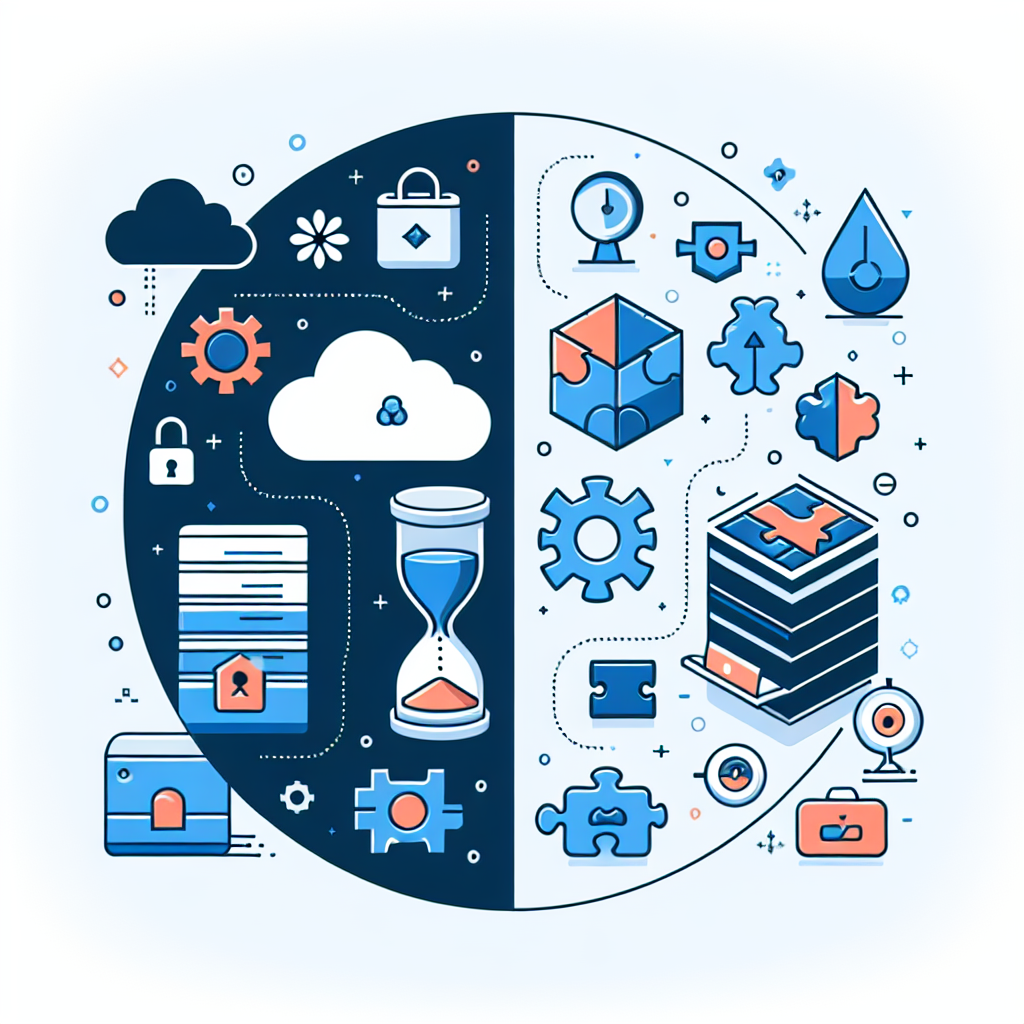Your cart is currently empty!
Understanding the Different Types of Data Backup and Recovery Solutions

Data backup and recovery are crucial aspects of any organization’s IT infrastructure. In the event of data loss or system failure, having a reliable backup and recovery solution in place can mean the difference between quickly restoring operations and facing potentially catastrophic consequences. There are several different types of data backup and recovery solutions available, each with its own advantages and drawbacks. Understanding the differences between these solutions can help organizations choose the one that best meets their needs.
1. Full Backup
A full backup is the most basic type of data backup, in which all files and data on a system are copied to a separate storage device. This type of backup is comprehensive and ensures that all data is protected, but it can be time-consuming and resource-intensive, especially for large organizations with vast amounts of data.
2. Incremental Backup
Incremental backups are a more efficient alternative to full backups. With incremental backups, only the data that has changed since the last backup is copied to the storage device. This saves time and resources compared to full backups, but it can be more complex to manage and restore data from multiple incremental backups.
3. Differential Backup
Differential backups are similar to incremental backups, but they copy all data that has changed since the last full backup, rather than just since the last backup. This can make restoring data quicker and easier than with incremental backups, but it requires more storage space than incremental backups.
4. Cloud Backup
Cloud backup solutions store data on remote servers hosted by a third-party provider. This type of backup is convenient and scalable, as organizations can easily increase or decrease their storage capacity as needed. However, relying on a cloud backup solution means trusting a third party with sensitive data, which may raise security concerns for some organizations.
5. Tape Backup
Tape backup solutions involve storing data on magnetic tapes, which can be easily transported and stored offsite for added security. While tape backups are cost-effective and reliable, they can be slow to restore data from compared to other types of backups.
6. Disaster Recovery as a Service (DRaaS)
DRaaS is a comprehensive solution that combines backup and recovery services with automated failover and disaster recovery capabilities. This type of solution is ideal for organizations that require rapid recovery in the event of a catastrophic data loss, such as a natural disaster or cyberattack.
In conclusion, there are several different types of data backup and recovery solutions available, each with its own pros and cons. Understanding the differences between these solutions can help organizations choose the one that best meets their needs in terms of data protection, cost, and ease of use. By implementing a robust backup and recovery strategy, organizations can ensure that their data remains secure and accessible in the event of unexpected incidents.

Leave a Reply